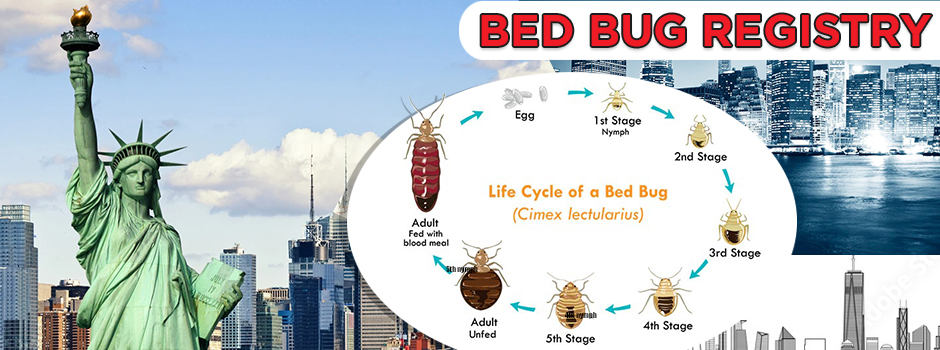Center for Clinical Epidemiology and Biostatistics
The role of the bloodsucking triatomine bugs as vectors of Chagas diseasewhich affects 6 to 8 million worldwide, mostly in Latin America, and kills about 50,000 a yearhas long been recognized. The insects infect people not through their bite but feces, which they deposit on their sleeping host, often around the face, after feeding. Bed bugs, on the other hand, are usually considered disease-free nuisances whose victims are left with only itchy welts from bites and sleepless nights.
In a study published online this week in the American Journal of Tropical Medicine and Hygiene, senior author Michael Z. Levy, PhD, assistant professor in the department of Biostatistics and Epidemiology at the University of Pennsylvanias Perelman School of Medicine, and researchers at the Universidad Peruana Cayetano Heredia in Peru conducted a series of laboratory experiments that demonstrated bi-directional transmission of T. cruzi between mice and bed bugs.
In the first experiment run at the Zoonotic Disease Research Center in Arequipa, Peru, the researchers exposed 10 mice infected with the parasite to 20 uninfected bed bugs every three days for a month. Of about 2,000 bed bugs used in the experiment, the majority acquired T. cruzi after feeding on the mice. In a separate experiment to test transmission from bug to mouse, they found that 9 out of 12 (75 percent) uninfected mice acquired the parasite after each one lived for 30 days with 20 infected bed bugs.
In a third experiment, investigators succeeded in infecting mice by placing feces of infected bed bugs on the animals skin that had either been inflamed by bed bug bites, or scraped with a needle. Four out of 10 mice (40 percent) acquired the parasite by this manner; 1 out of 5 (20 percent) were infected when the skin was broken by the insects bites only. A final experiment performed at the Penn bed bug lab in Philadelphia demonstrated that bed bugs, like triatomines, defecate when they feed.
Weve shown that the bed bug can acquire and transmit the parasite. Our next step is to determine whether they are, or will become, an important player in the epidemiology of Chagas disease, Levy said. There are some reasons to worrybed bugs have more frequent contact with people than kissing bugs, and there are more of them in infested houses, giving them ample opportunity to transmit the parasite. But perhaps there is something important we dont yet understand about them that mitigates the threat.
T. cruzi is also especially at home in the guts of bed bugs. Ive never seen so many parasites in an insect, said Renzo Salazar, a biologist at the Universidad Peruana Cayetano Heredia and co-author on the study. I expected a scenario with very low infection, but we found many parasitesthey really replicate well in the gut of the bed bugs.
Bed bugs and kissing bugs are distant cousins but share many striking similarities. Both insects hide in household cracks and crevices waiting for nightfall and the opportunity to feed on sleeping hosts. They are from the same order of insects (Hemiptera) and both only feed on blood. (One main difference is their size: kissing bugs are five times as big as a bed bug). With so much in common, it seemed logical to the authors that the kissing bugs most infamous trait, the transmission of T. cruzi, is also shared by the bed bug.
Other investigators have shared this suspicion. In 1912, just three years after Carlos Chagas described the transmission of the disease by kissing bugs, French parasitologist mile Brumpt recounted that he had infected almost 100 bed bugs exposed to an infectious mouse, and then used them to infect two healthy mice. Decades later an Argentine group replicated his work. These experiments, largely ignored during the recent bed bug resurgence, missed one key point.
Mice can hunt and eat bed bugs, said Ricardo Castillo-Neyra, DVM, PhD, coauthor and postdoctoral fellow at the Universidad Peruana Cayetano Heredia and Penn. The older studies were almost certainly only documenting oral transmission of the parasite. Our work shows for the first time that bed bugs can transmit the parasite when their feces are in contact with broken skin, the route by which humans are usually infected.
Continued here:
Penn Study Shows Bed Bugs Can Transmit Parasite that ...

 Residence
Residence  Location
Location 










